|

Synopsis:
When a young hoodlum (Jimmy Cagney) and his friend (Edward Woods) are betrayed by their fence (Murray Kinnell), they join forces during Prohibition with a bootlegger (Robert Emmett O’Connor) and a wealthy gangster (Leslie Fenton). Cagney’s straight-laced brother (Donald Cook) disapproves of Cagney’s career choice, while his sweet mother (Beryl Mercer) remains clueless. Meanwhile, Cagney mistreats his current girlfriend (Mae Clarke) and woos another (Jean Harlow), while Woods marries his girlfriend (Joan Blondell) and Cagney is unwillingly seduced by O’Connor’s moll (Mia Marvin).
|
|
Genres, Themes, Actors, and Directors:
- Bootlegging
- Gangsters
- Jean Harlow Films
- Jimmy Cagney Films
- Joan Blondell Films
- Juvenile Delinquents<
- William Wellman Films
Response to Peary’s Review:
Peary writes that this “seminal Warners gangster film, directed by William Wellman, catapulted James Cagney to stardom”, and that despite being “somewhat dated” it remains worth watching for Cagney’s performance as Tom Powers (which he nominates as one of the best of the year in his Alternate Oscars). He writes that “Cagney is so engaging as Powers, so full of spirit, energy, and charm, that viewers couldn’t help but confuse liking the actor with liking his character”, who is “having a good time — shooting guns, killing other bad guys, hanging out with pretty women…, and making lots of money — while his honest brother (Donald Cook) is a bore, has a cruddy low-pay job as a trolley-car ticket puncher…, and lives with a scowl on his face.” Peary adds that “surely male viewers envied tough guy Powers because he wasn’t afraid to take on bullies and cops since he had no fear of death.”
Peary notes that this film has “several classic scenes: the classic grapefruit bit” (in which “Powers pushed a grapefruit in the kisser of his mistress”); “the badly wounded Cagney tap-stepping his way through a large puddle; Cagney’s off-screen execution of a horse; the delivery of Cagney’s body back home”. It’s likely that the version of this film Peary watched when writing GFTFF didn’t have several additional, memorably racy scenes that were added back in for its DVD release, including “a markedly effeminate tailor measuring Tom for a suit” and “Tom being seduced when hiding out in a woman’s apartment.” Overall, Public Enemy remains a more engaging and nuanced film than its equally well-known counterpart, Little Caesar (1931), both of which were re-released in 1954 with the same prologue cautioning that the lead characters “are a menace that the public must confront”. With that said, the narrative isn’t as tight as it should be (the female characters in particular aren’t fleshed out), making this more of an historic must-see than an all-out classic.
Redeeming Qualities and Moments:
- Jimmy Cagney as Tom Powers
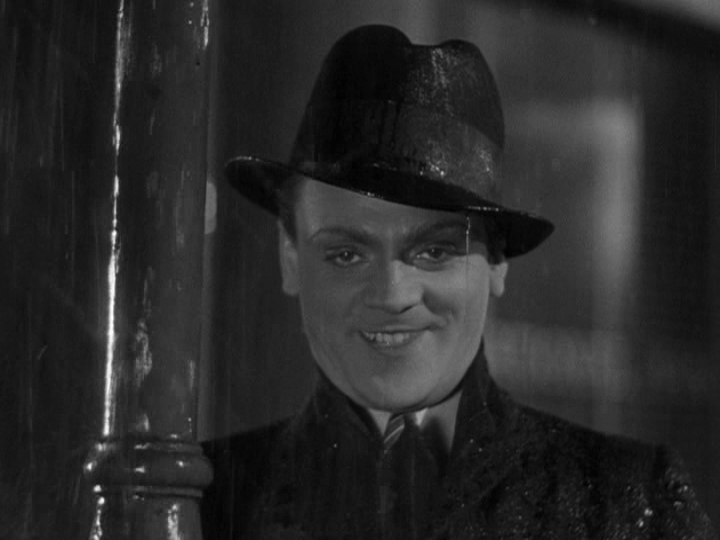
- Good historical detail and sets
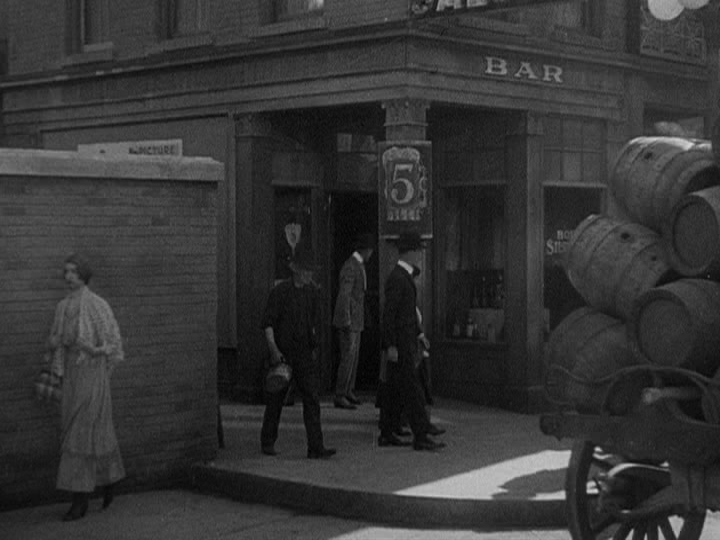

- Numerous memorable (pre-Code) moments
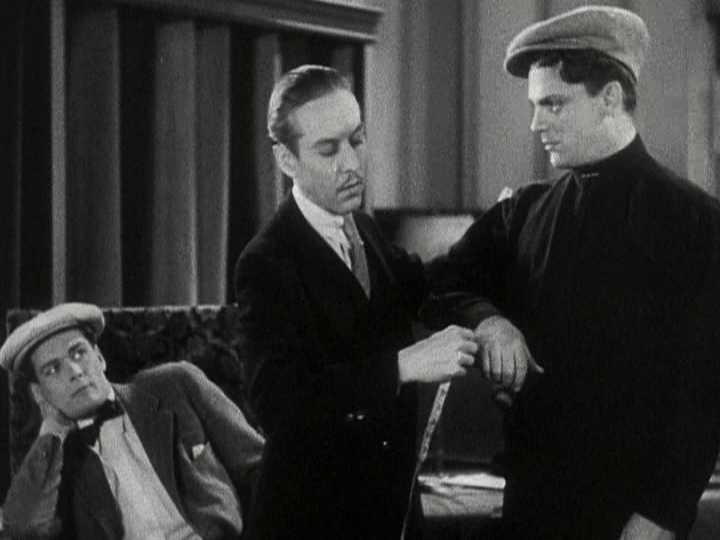

 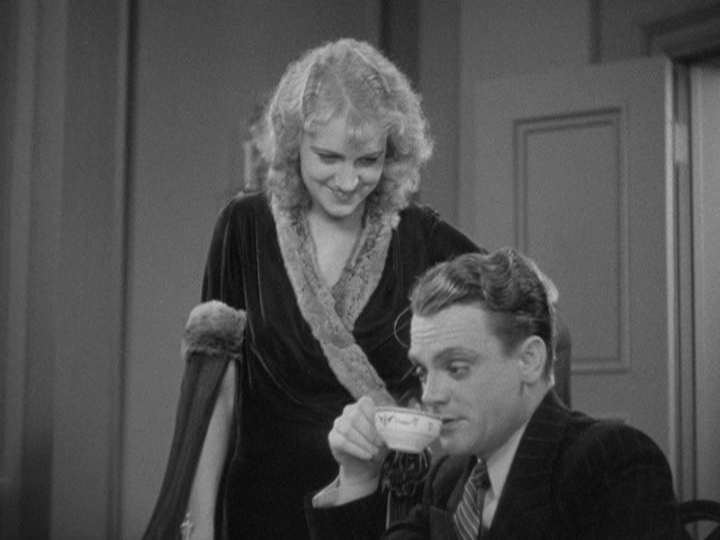
- Strong direction by Wellman
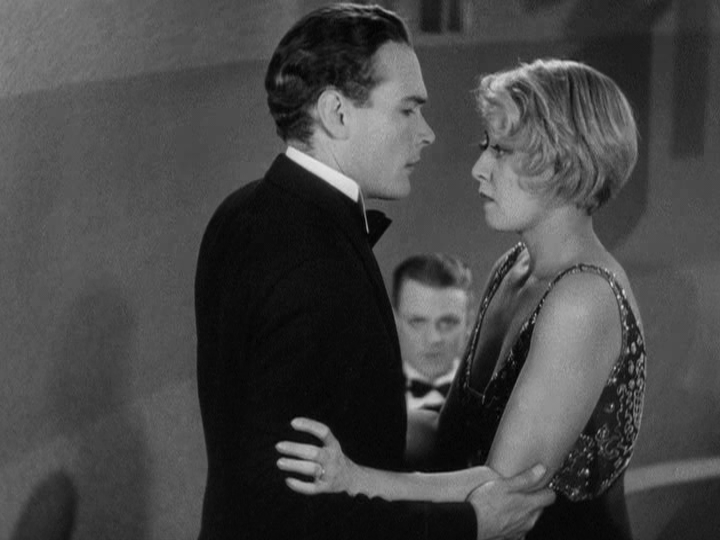
- Atmospheric cinematography
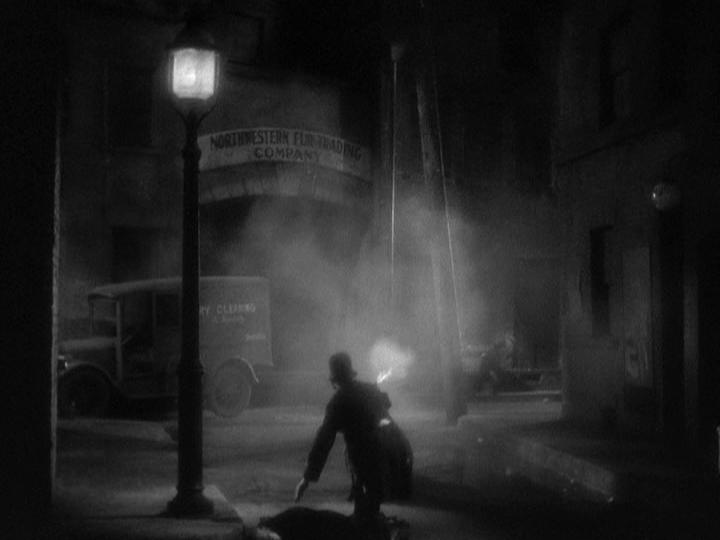
Must See?
Yes, for its historical relevance and Oscar-nominated performance by Cagney.
Categories
(Listed in 1001 Movies You Must See Before You Die)
Links:
|










One thought on “Public Enemy (1931)”
Must-see, for its solid place in cinema history – and for Cagney’s performance. This classic is just about flawless.
It was especially thrilling revisiting this after many years – the film retains most of its genuine power. Even given the fact that it’s now on its way to becoming 100 years old (!) – and in spite of the reality of its setting – ‘TPE’ has a strangely modern quality (which is why I don’t see it as ‘dated’).
I’m in total agreement that it’s a better film than the same year’s ‘Little Caesar’. All of its elements (the terrific script, the camerawork, Wellman’s sturdy direction, the elevated acting – in part, thanks to most of the cast having meaty roles to play) mix seamlessly.
~which is not to say, of course, that ‘Little Caesar’ is a bad film but, in ‘TPE’, Cagney has the advantage of being surrounded by a lot of talent before and behind the camera. Robinson had to do double-duty in making sure his performance (more or less) sold the film. No doubt Cagney could have accomplished the same thing if he’d had to (he and Robinson are equally solid actors)… but he didn’t have to.
I don’t, however, agree that Cagney’s Tom has charm. He has no charm; he’s a thug. He may ease up when he has to (i.e., around his mom or around a woman when he wants to get laid or around a loyal partner-in-crime) but he’s a committed criminal. Only immature boys or men would envy him.
That’s why I don’t agree with Peary’s observation that Tom’s brother Mike is “a bore”. Tom might think so, but that’s due to arrested development. There’s nothing necessarily boring about trying to lead a decent life.
With just about the same running time as ‘LC’, ‘TPE’ plays it very smart in how it uses its time. It’s esp. effective in its abundant use of short and very short scenes, in dispersing valuable information that doesn’t need details. Its hard-as-nails dialogue is also consistently better:
“Money don’t mean nothin’ to me.”
“No, I guess not. But, with no heart and no brains, it’s all you’ve got, you’ll need it.”
I don’t see a problem with the depiction of the female characters. It’s a short film that has little room for women, anyway – it’s male-centric. The two women of significance (the mother and Harlow as Gwen) both do a fine job, are given more time than expected and are believably layered. Even Blondell shines in an authentic way in the short time she’s given.
Side note: The restored scene that has Cagney being fitted for a suit is indeed a briefly hilarious moment for gay audience members: “Oh, sir! Here’s where you need the room – such a muscle!” 😉